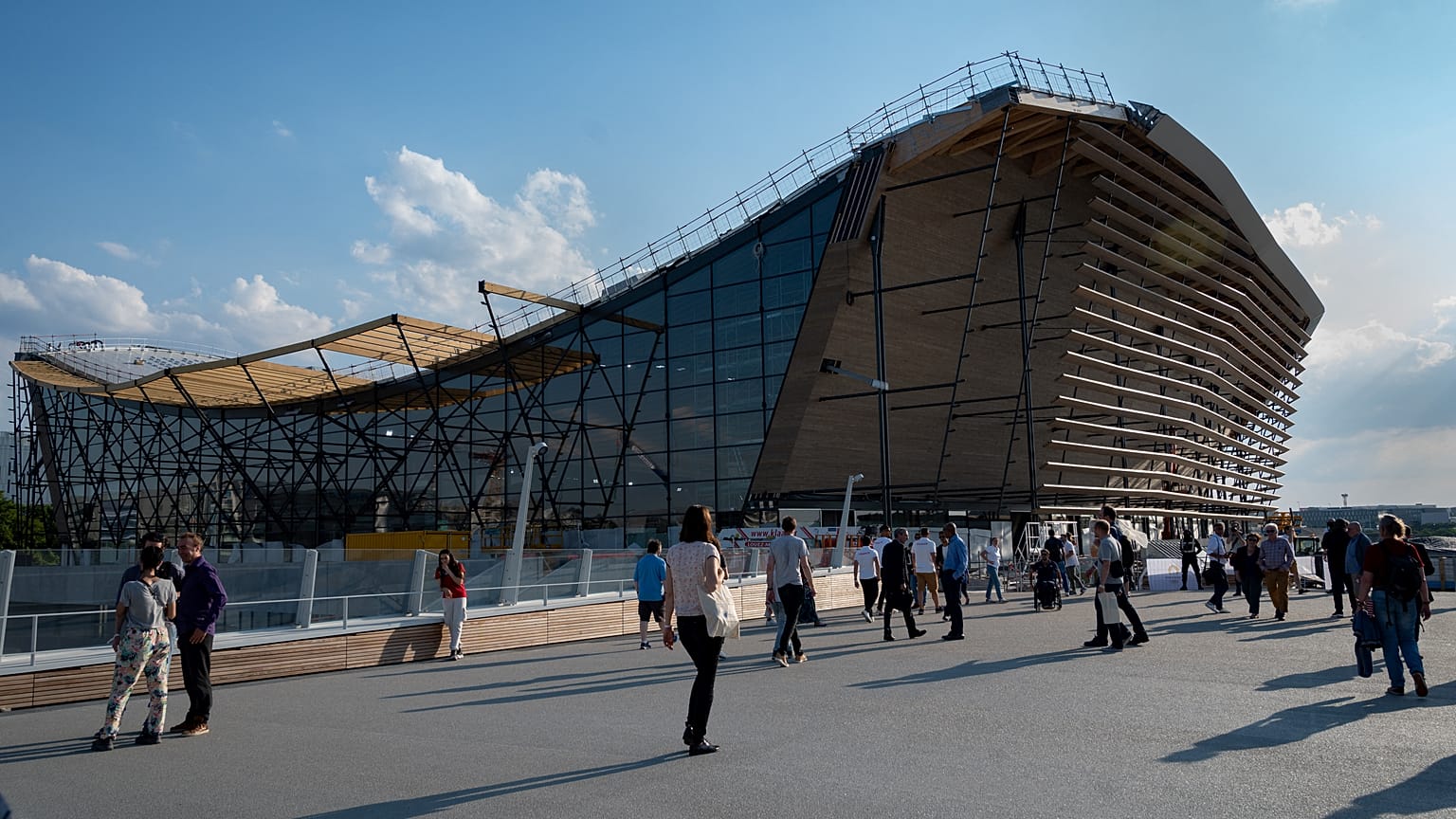Next year's Games is promoting sustainability and raising awareness about recycling in creative ways.
Spectators at the Paris 2024 Olympic Games will sit on chairs made of plastic recycled from local bins.
“There were shortages of virgin materials, which led a lot of manufacturers to switch to waste,” says Marius Hamelot, co-founder of Le Pavé, the eco-construction firm behind the initiative.
“Plastics manufacturers stopped operating altogether, not because there were no more orders, but because there was no more material. So they switched over to the waste sector.”
Despite the logistical challenges and strains on global supply chains, the seating scheme is part of wider efforts to reduce the environmental footprint of the Olympic Games, which promise to be the greenest yet.
The organisers have said they will slash emissions in half compared to previous games by utilising existing structures, encouraging public transport use, and - controversially - carbon offsetting.
The seats at Olympic venues such as the Arena at Porte de la Chapelle in Paris and the Olympic aquatic centre in Saint-Denis will be made from recycled plastic.
Embracing the circular economy, this approach reduces energy consumption and avoids the production of new waste. Around 11,000 seats will be made from recycled materials.
How is plastic waste being turned into Olympic seats?
Paris-based recycling company Lemon Tri has teamed up with eco-construction firm Le Pavé to collect plastic waste and transform it into shredded plastic chips.
These shavings are then mixed to achieve an even distribution of colours, heated and compressed in machines. The result is a series of white or black plastic sheets, with flecks of colour.
These sheets are then smoothed, sanded and sent to other partner companies in France to be cut and assembled, giving birth to the Olympic seats. Production is in full swing and the seats will be installed this autumn.
The Olympic plastic recycling scheme takes a local approach
Eighty per cent of the 100 tonnes of recycled plastic needed to make the seats come from the yellow bins located in Seine-Saint-Denis.
“It’s collected in Seine-Saint-Denis, shredded in Seine-Saint-Denis, processed in Seine-Saint-Denis, all for a swimming pool that's still in the area,” says co-founder of Lemon Tri, Augustin Jaclin.
Plastic collection schemes have been carried out in the region's schools, and around five million coloured soda bottle caps have been recovered.
The initiative also provides an opportunity to raise public awareness and promote more sustainable practices.
“It's a huge communication tool,” says. Augustin. “When we tell children to come and put your bottles in the bins, tomorrow they'll be in the seats of the Olympic swimming pool, it raises awareness [of waste recycling]."


















